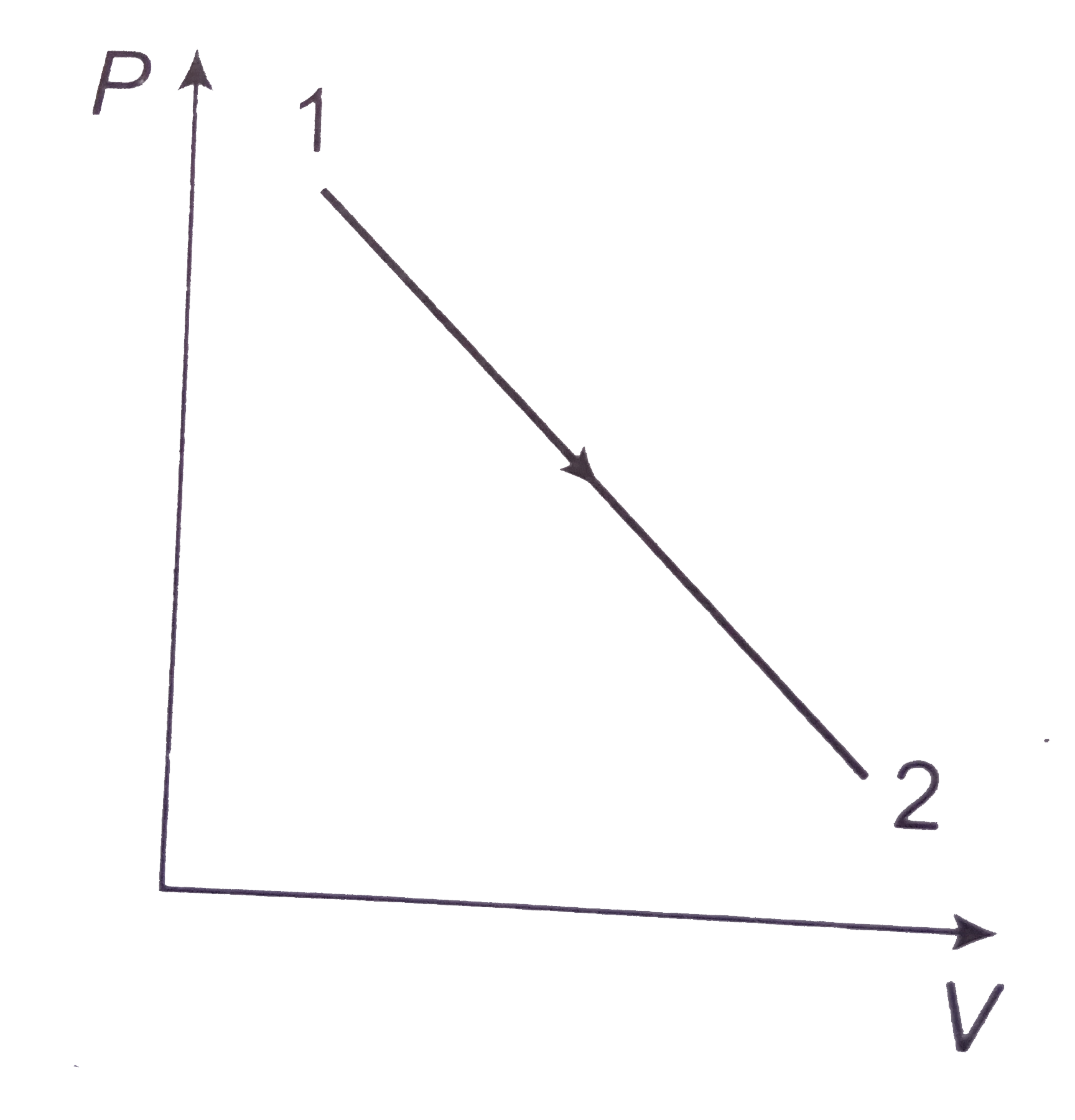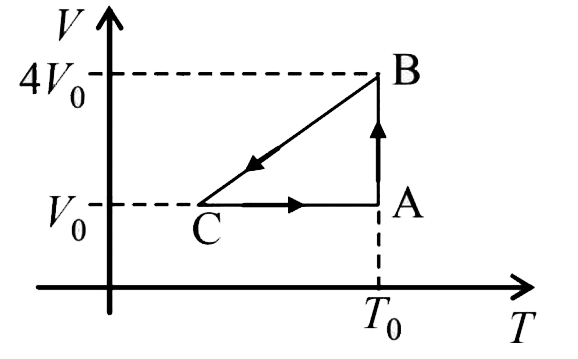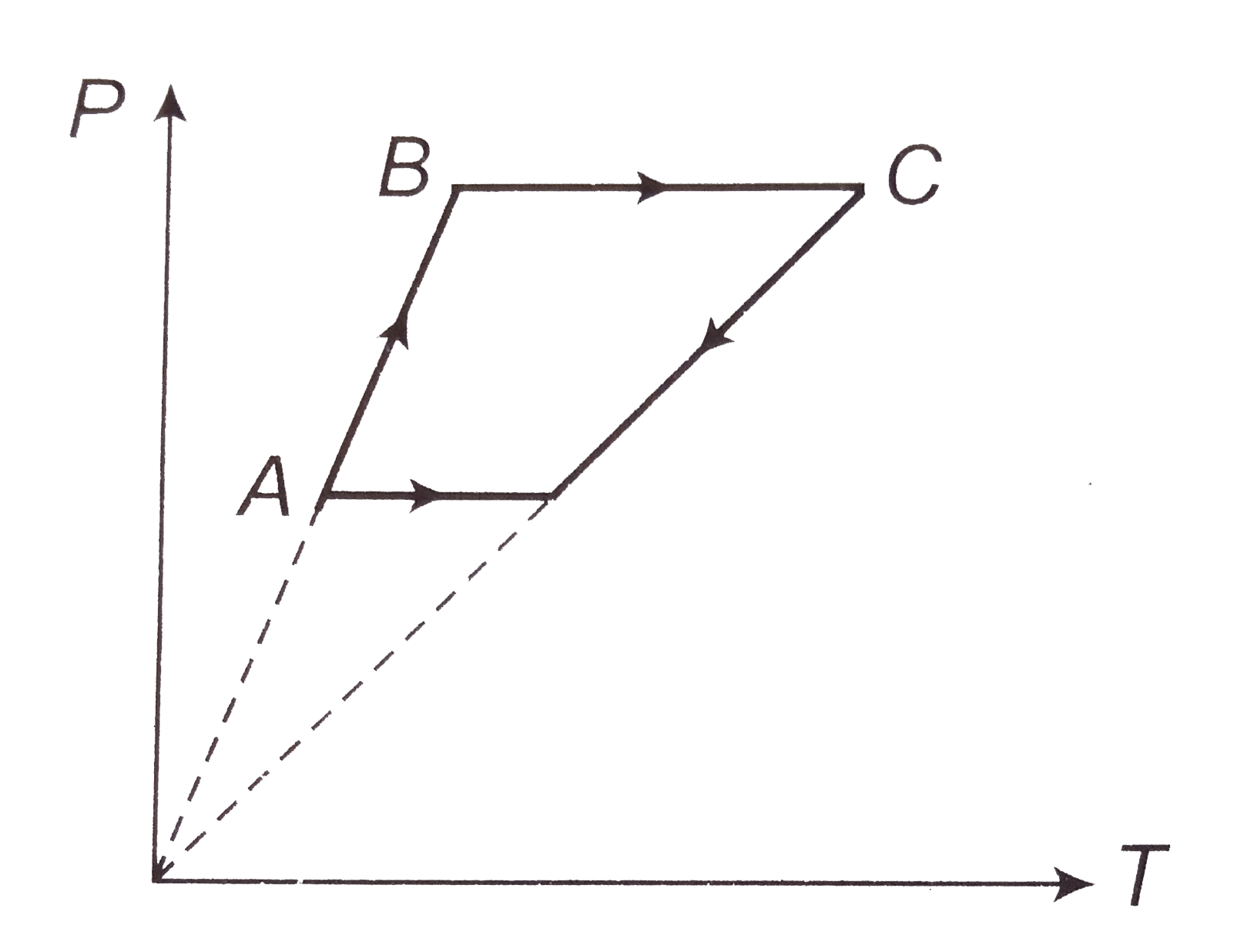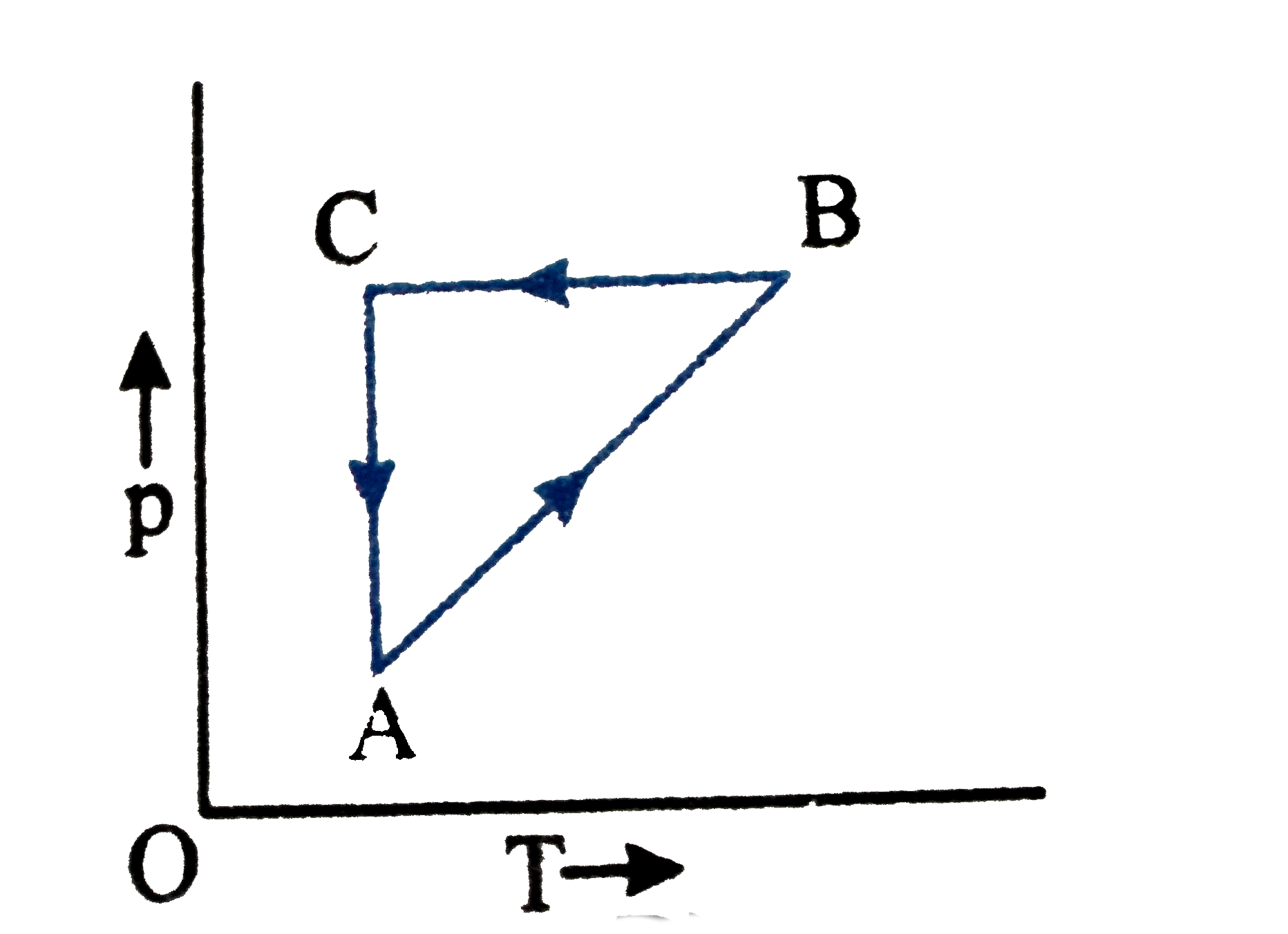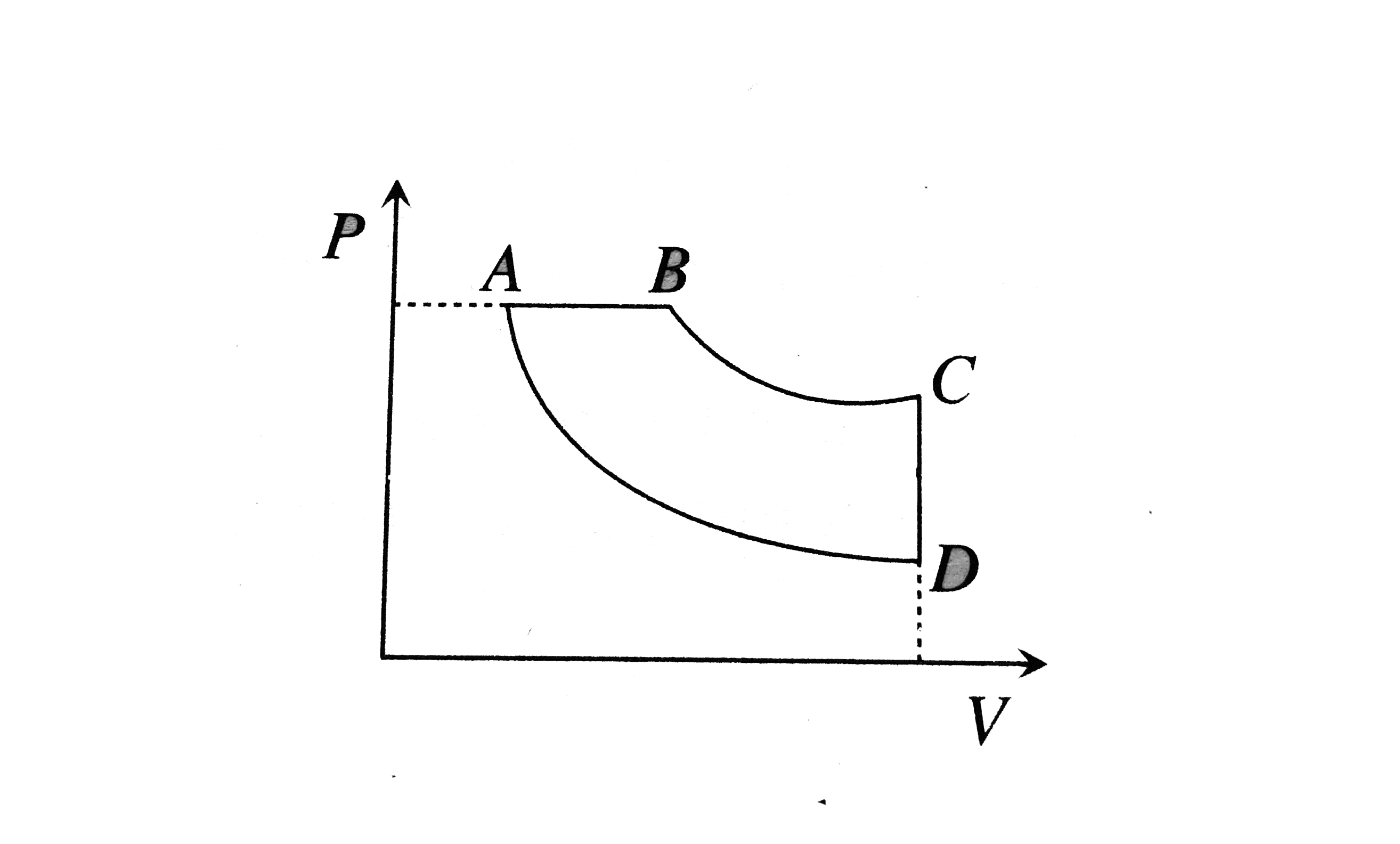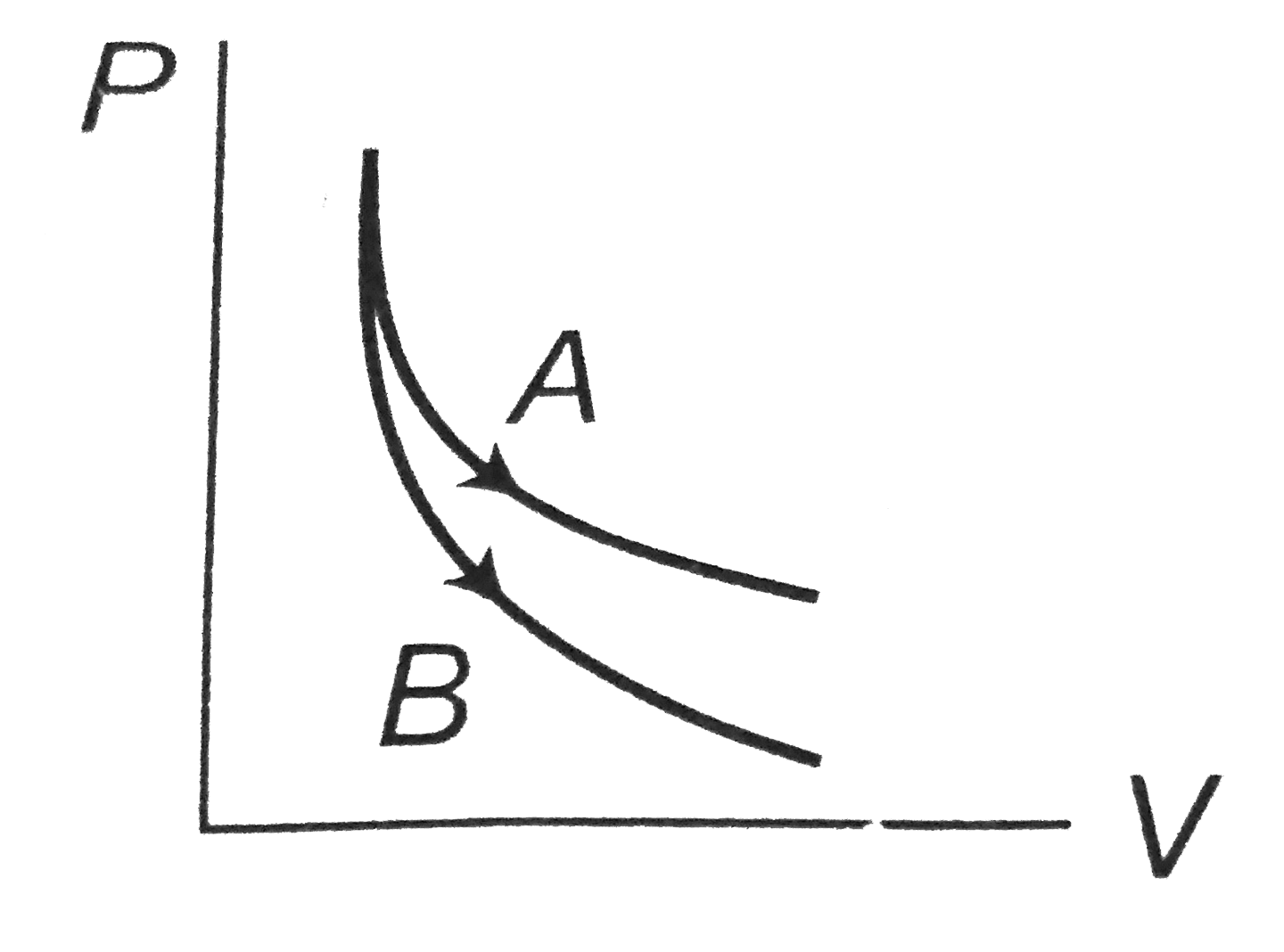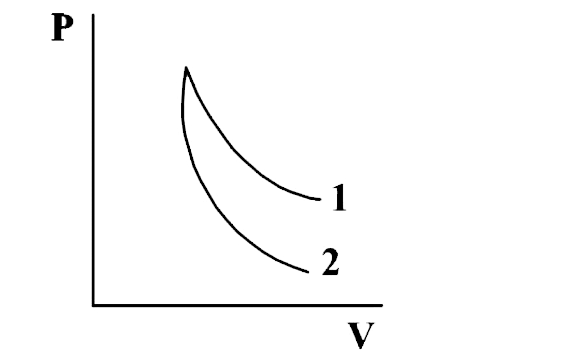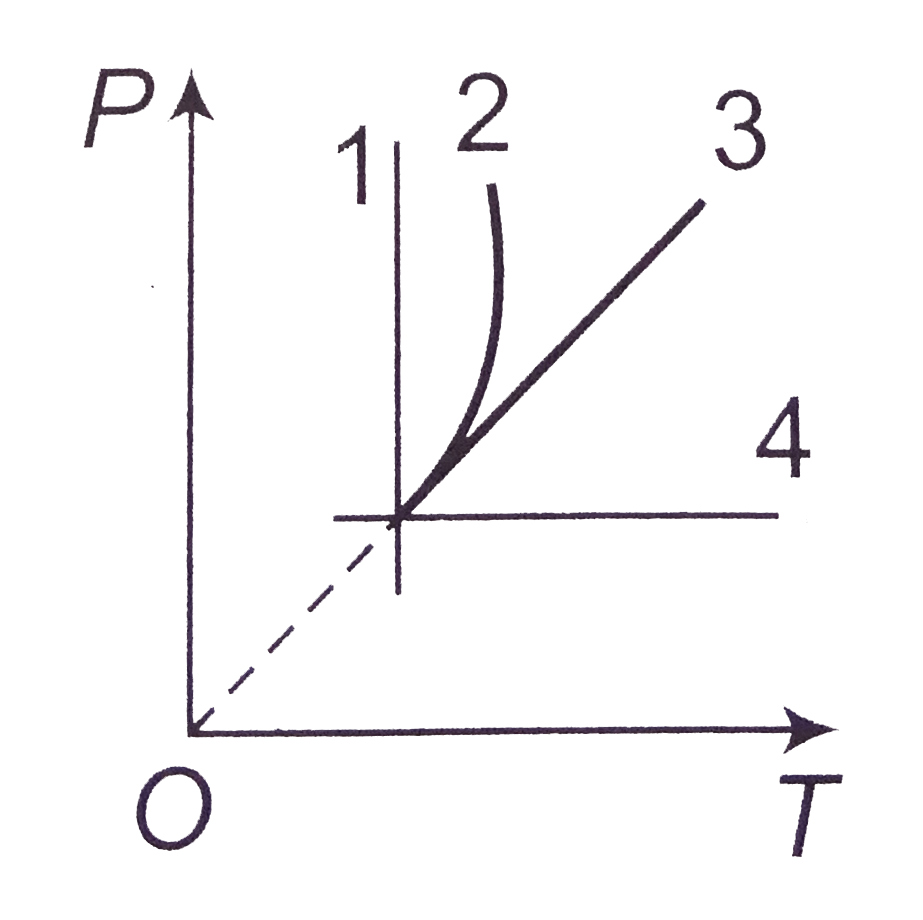EXERCISE from CP SINGH PHYSICS Chapter 9 LAWS OF THERMODYNAMICS for Class 11
| Class 11 | PHYSICS |
| Chapter | LAWS OF THERMODYNAMICS |
| CP SINGH PHYSICS | EXERCISE |
| Medium | English |
| Academic Year | 2023-2024 |
Question 12
In a process on a system, the initial pressure and volume are equal to the final pressure and volume
(i) The initial temperature must be equal to the final temperature
(ii) The initial internal energy must be equal to the final internal energy
(iii) The net heat given to the system in the process must be zero.
(iv) The net work done by the sytem in the process must be zero.View SolutionQuestion 24
A thermodynamic process is shown in Fig. The pressures and volumes corresponding to some points in the figure are : PA=3×104Pa,PB=8×104Pa and VA=2×10−3m3,VD=5×10−3m.
In process AB,600J of heat is added to the system and in process BC,200J of heat is added to the system. The change in internal energy of the energy of the process AC would be.
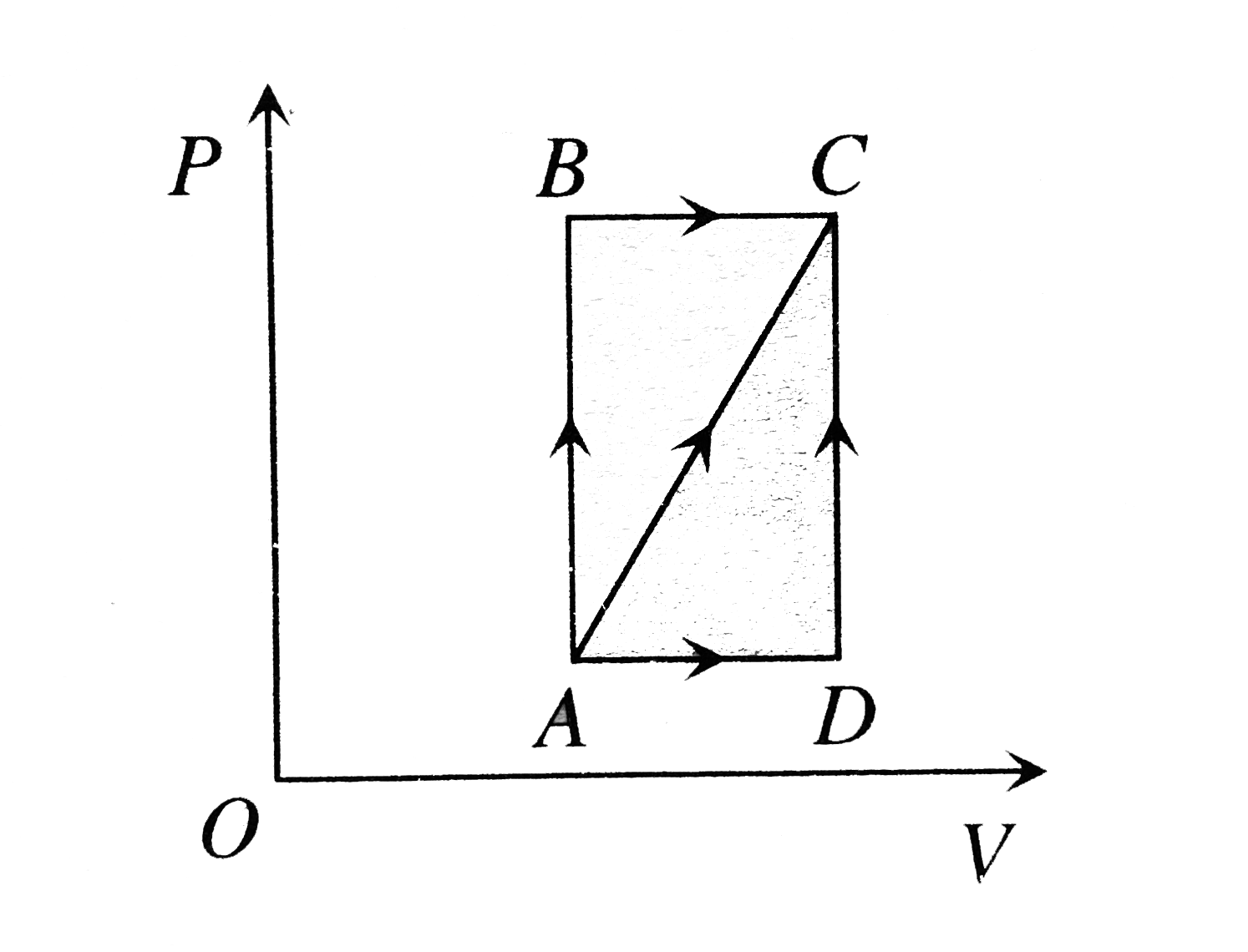 View Solution
View SolutionQuestion 38
An ideal gas is taken form the state A(P,V) to the state B(P2,2V) along a straight line path in the P−V diagram.
Select the correct options
(i) The work done by the gas in the process A to B exceeds the work that would be done by it if the system were taken from A to B along the isotherm
(ii) In the T−V diagram, the path AB becomes part of a hyperbola
(iii) In the P−T diagram, the path AB becomes part of a hyperbola
(iv) In going from A to B, the temperature T of the first increases to maximum value and then decreasesView SolutionQuestion 39
One mole of an ideal gas goes from an initial state A to final state B via two processs : It first undergoes isothermal expansion from volume V to 3V and then its volume is reduced from 3V to V at constant pressure. The correct P−V diagram representing the two process in (figure)View SolutionQuestion 55

A cylindrical tube of uniform cross-sectional area A is fitted with two air tight frictionless pistons. The pistons are connected to each other by a metallic wire. Initially the pressure of the gas is P0 and temperature is T0, atmospheric pressure is also P0. Now the temperature of the gas is increased to 2T0, the tension in the wire will beView SolutionQuestion 68
Cp is always greater than Cv for a gas, which of the following statements provide, partly or wholly, the reason for this?
(i) No work is done by a gas at constant volume
(ii) When a gas absorbs heat at constant pressure, its volume must change
(iii) For the same change in temperature, the internal energy of a gas changes by a smaller amount at constant volume that at constant pressure
(iv) The internal energy of an ideal gas is a function only of its temperatureView SolutionQuestion 82
Which of the following is correct regarding adiabatic process
(i) In adiabatic process, all the three variables, P, V and T changes
(ii) In adiabatic process, the heat exchanged between system and surrounding is zero i.e., ΔQ=0
(iii) Since ΔQ=nCΔT, therefore for adiabatic process molar specific heat C=0
(iv) If a gas is suddenly expanded adiabatically temperature falls and if gas is adiabatically compressed, temperature risesView SolutionQuestion 84
The molar heat capacity for an ideal gas (i) Is zero for an adiabatic process
(ii) Is infinite for an isothermal process
(iii) depends only on the nature of the gas for a process in which either volume or pressure is constant
(iv) Is equal to the product of the molecular weight and specific heat capacity for any processView SolutionQuestion 91
A monoatomic ideal gas, initially at temperature T1, is enclosed in a cylinder fitted with a friction less piston. The gas is allowed to expand adiabatically to a temperature T2 by releasing the piston suddenly. If L1andL2 are the length of the gas column before expansion respectively, then T1T2 is given byView SolutionQuestion 108
For an ideal gas,
(i) the change in internal energy in a constant pressure process from temperature T1 to T2 is equal to nCV(T2−T1), where CV is the molar heat capacity at constant volume and n is the number of moles of the gas
(ii) The change in internal enregy of the gas and the work done by the gas are equal in magnitude in an adiabatic process.
(iii) The internal energy does not change in an isothermal process. ltbr> (iv) no heat is added or removed in an adiabatic processView SolutionQuestion 109
A gas may expand either adiabatically or isothermally. A number of p−V curves are drawn for the two processes over different ranges of pressure and volume, it will be found that
(i) Two adiabatic curves do not intersect
(ii) two isothermal curves do not intersect
(iii) an adiabatic curve and an isothermal curve may intersect.
(iv) the magnitude of the slope of an adiabatic curve is greater thanthe magnitude of the slope of an isothermal curveView SolutionQuestion 117
Choose the incorrect statement from the following:
S1: The efficiency of a heat engine can be 1, but the coefficient of performance of a refrigerator can never be infinity
S2: The first law of thermodynamics is basically the principle of conservation of energy
S3: The second law of thermodynamics does not allow
S4: A process, whose sole result is the transfer of heat from a colder object to hotter object is impossibleView SolutionQuestion 118
An ideal gas is subjected to cyclic process involving four thermodynamics thates, the amounts of heat (Q) and work (W) involved in each of these states.
Q1=6000J,Q2=−5500J,Q3=−3000J,Q4=3500J
W1=2500J,W2=−1000J,W3=−1200J,W4=xJ The ratio of the net work done by the gas to the total heat absorbed by the gas is η. The values of x and η respectively areView Solution
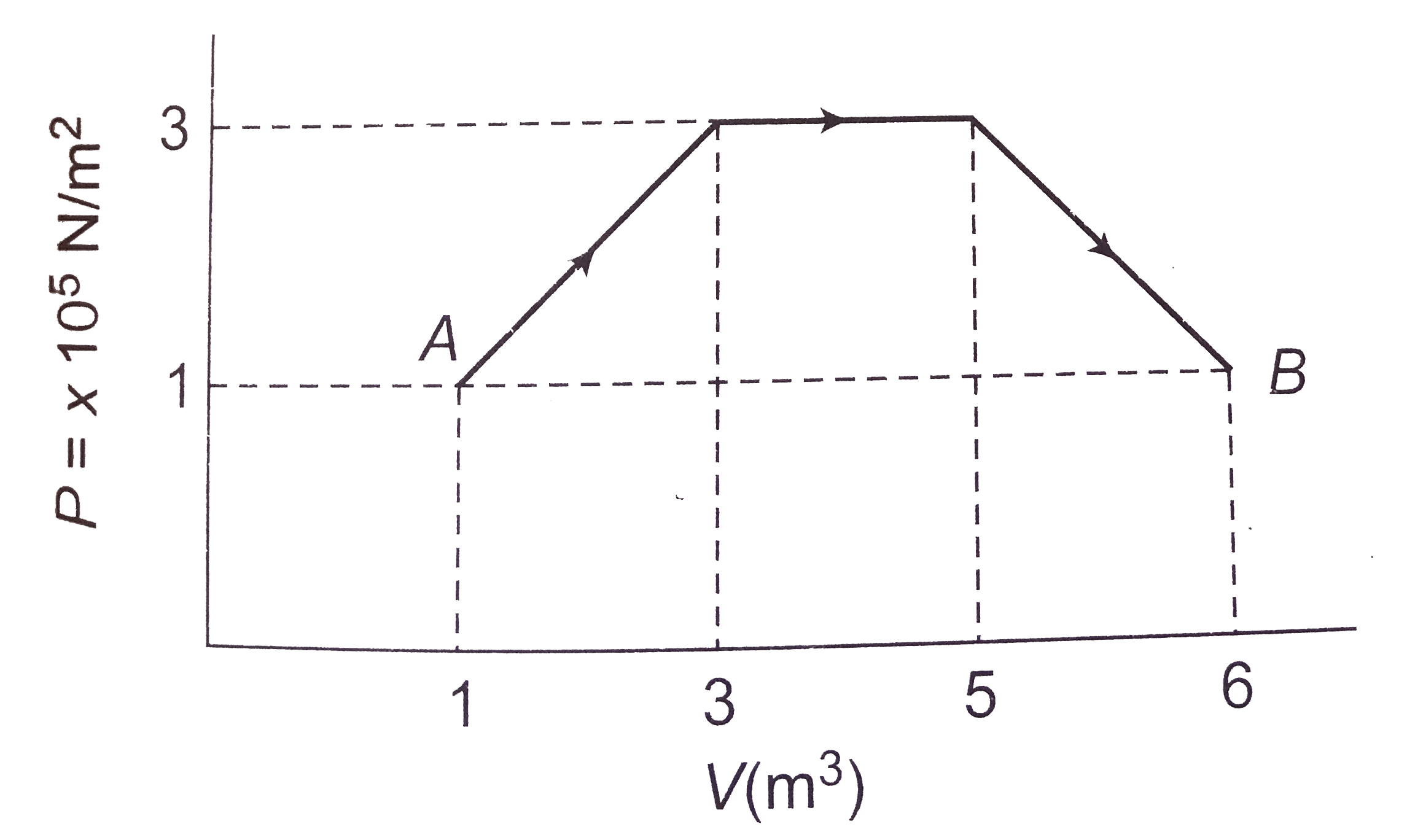
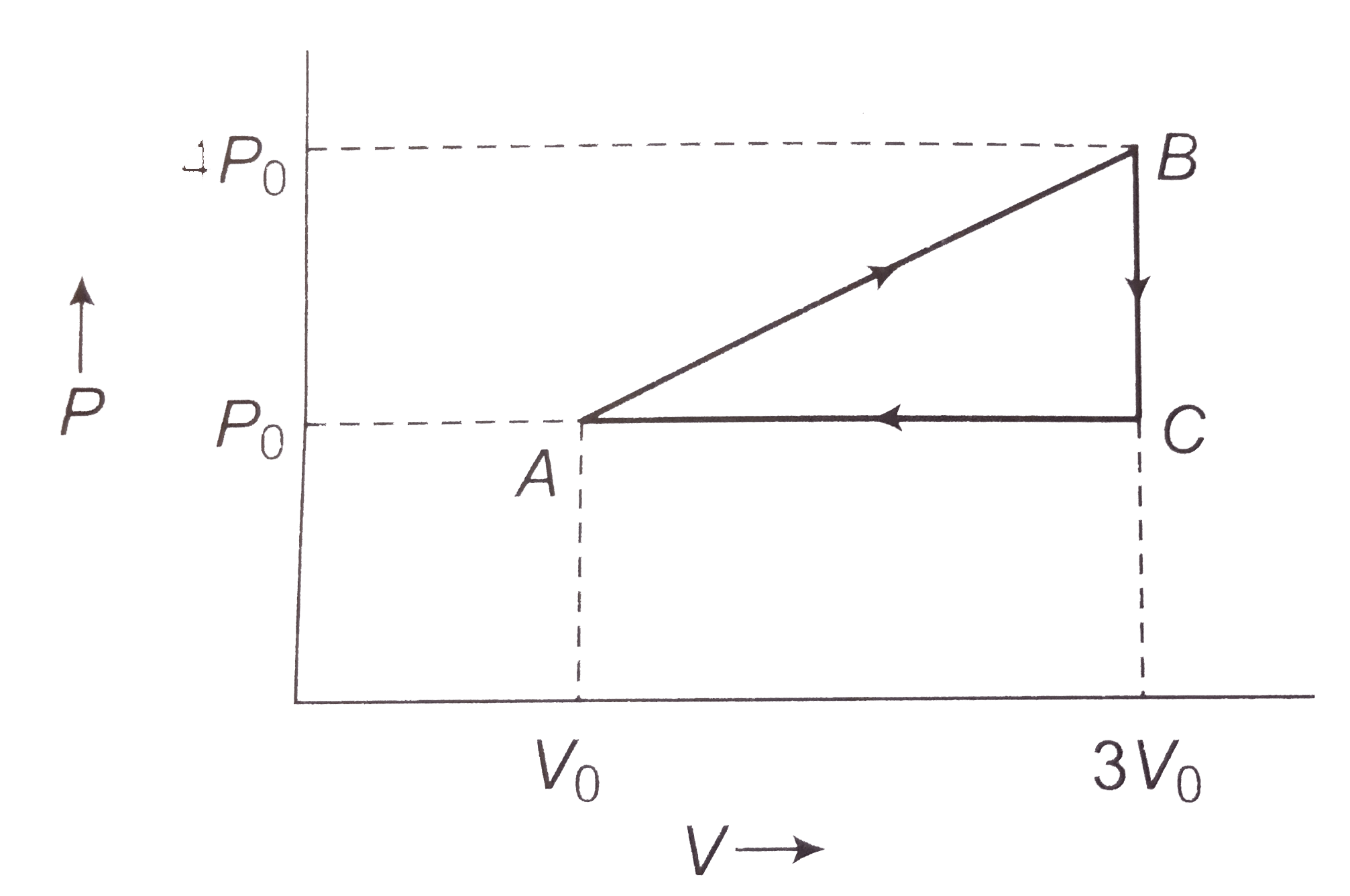
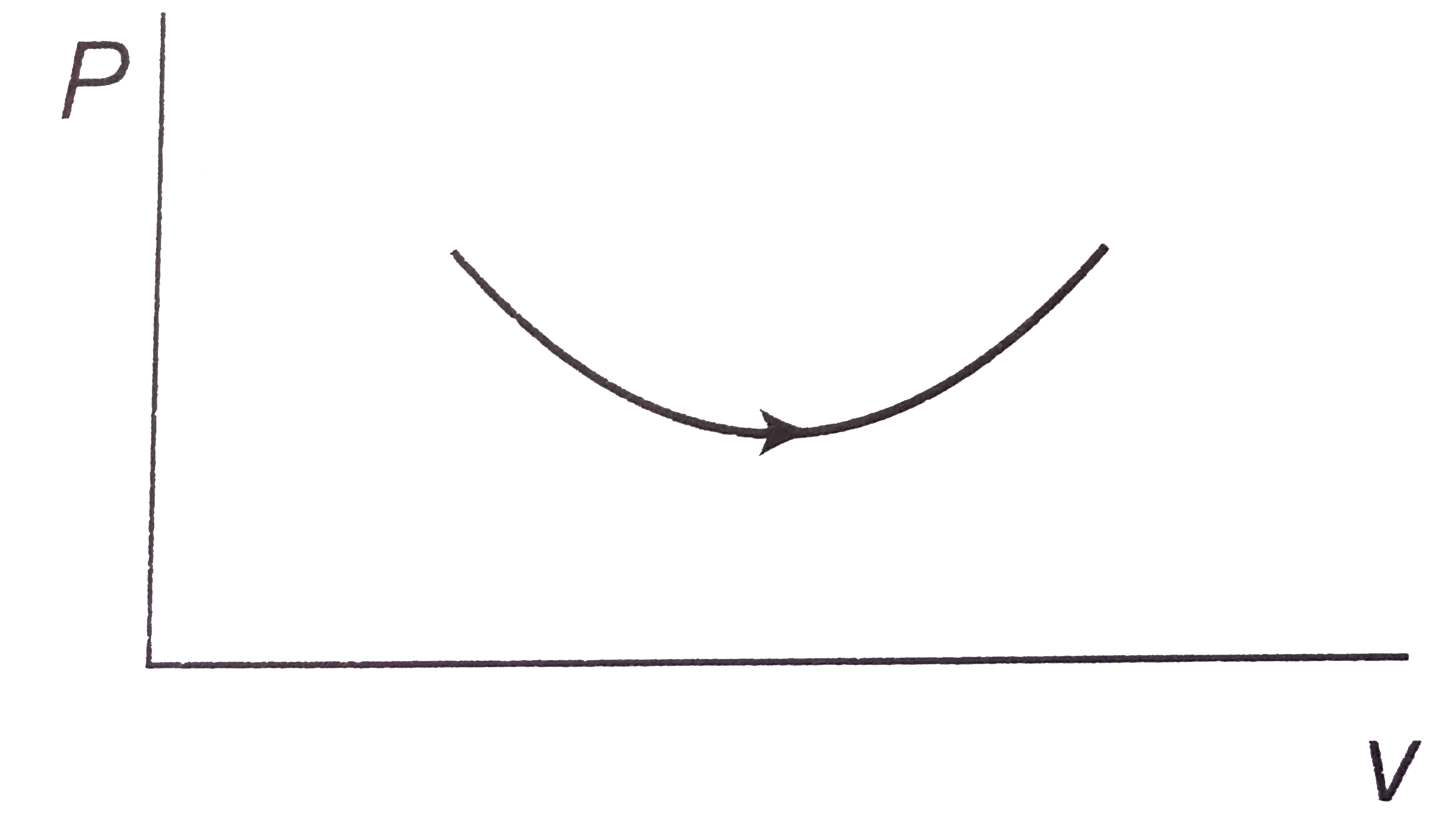
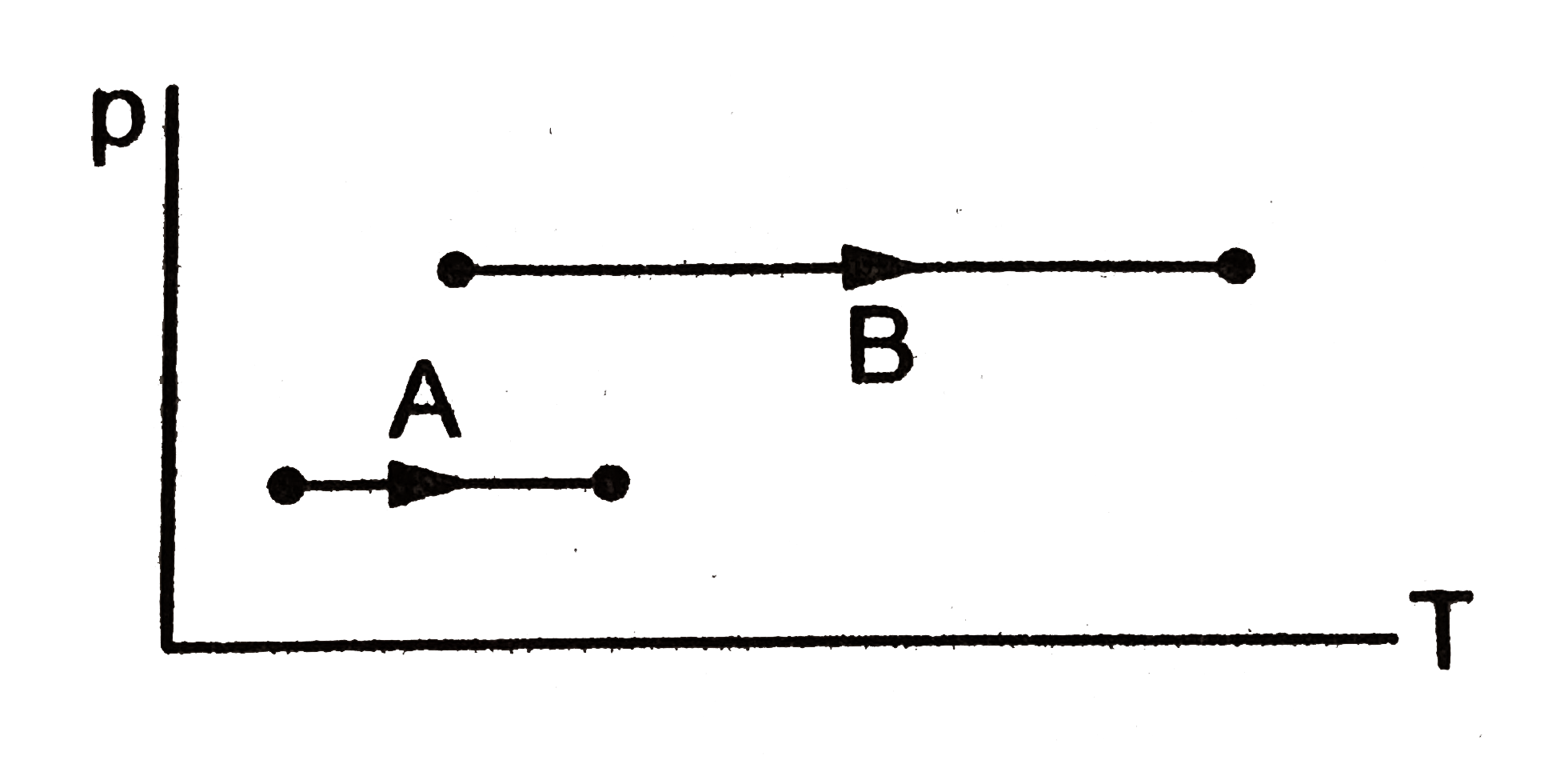
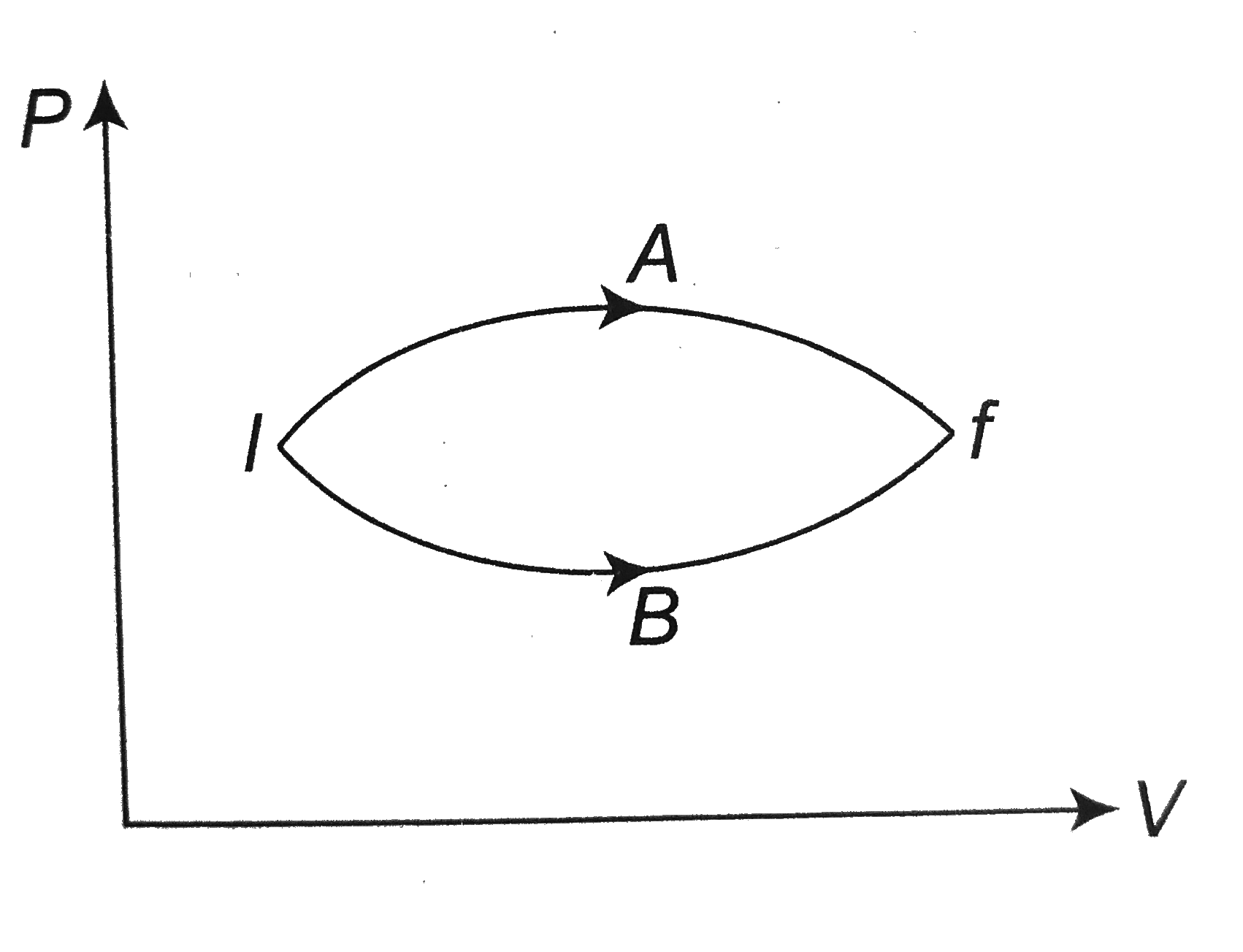
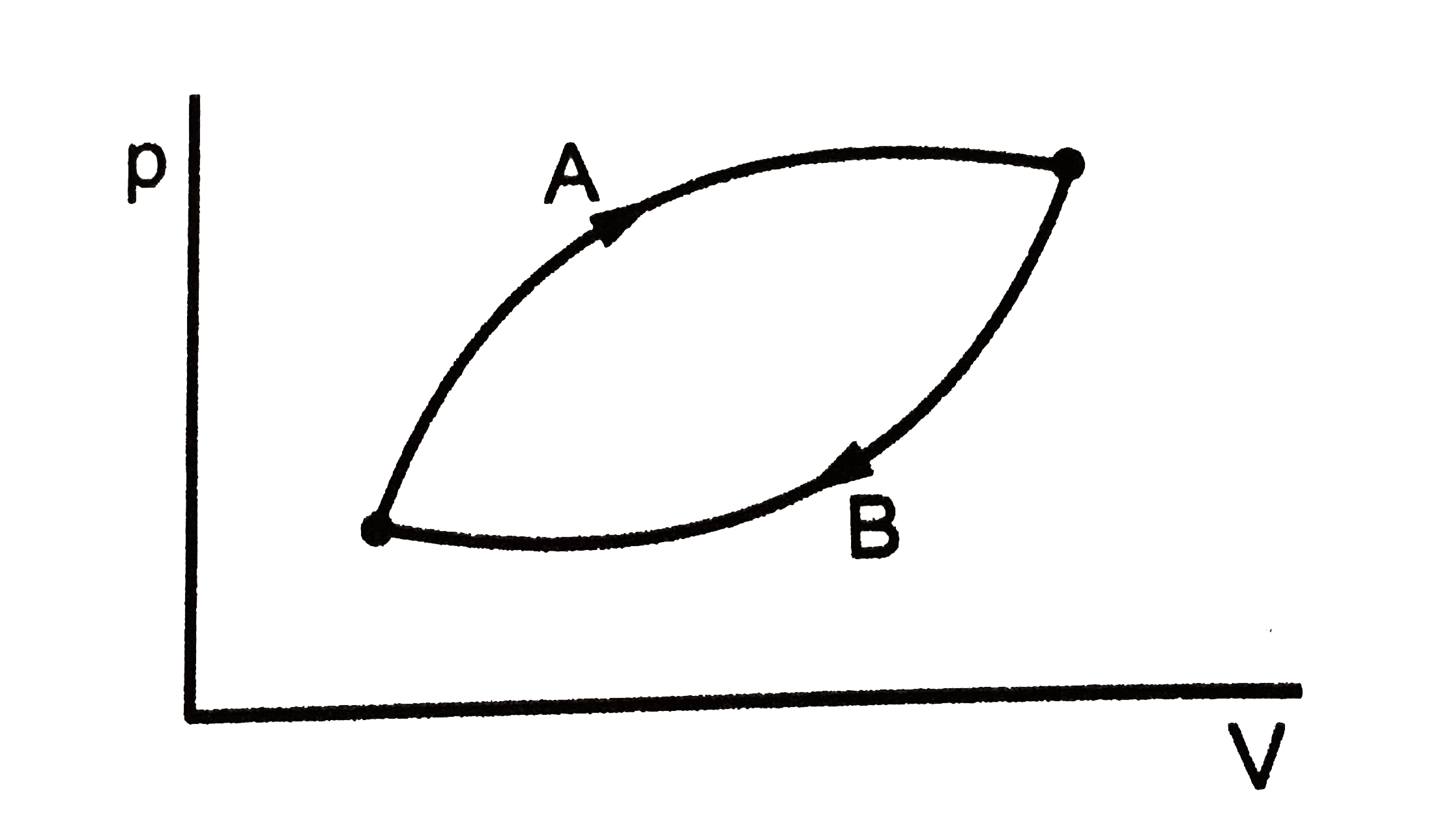

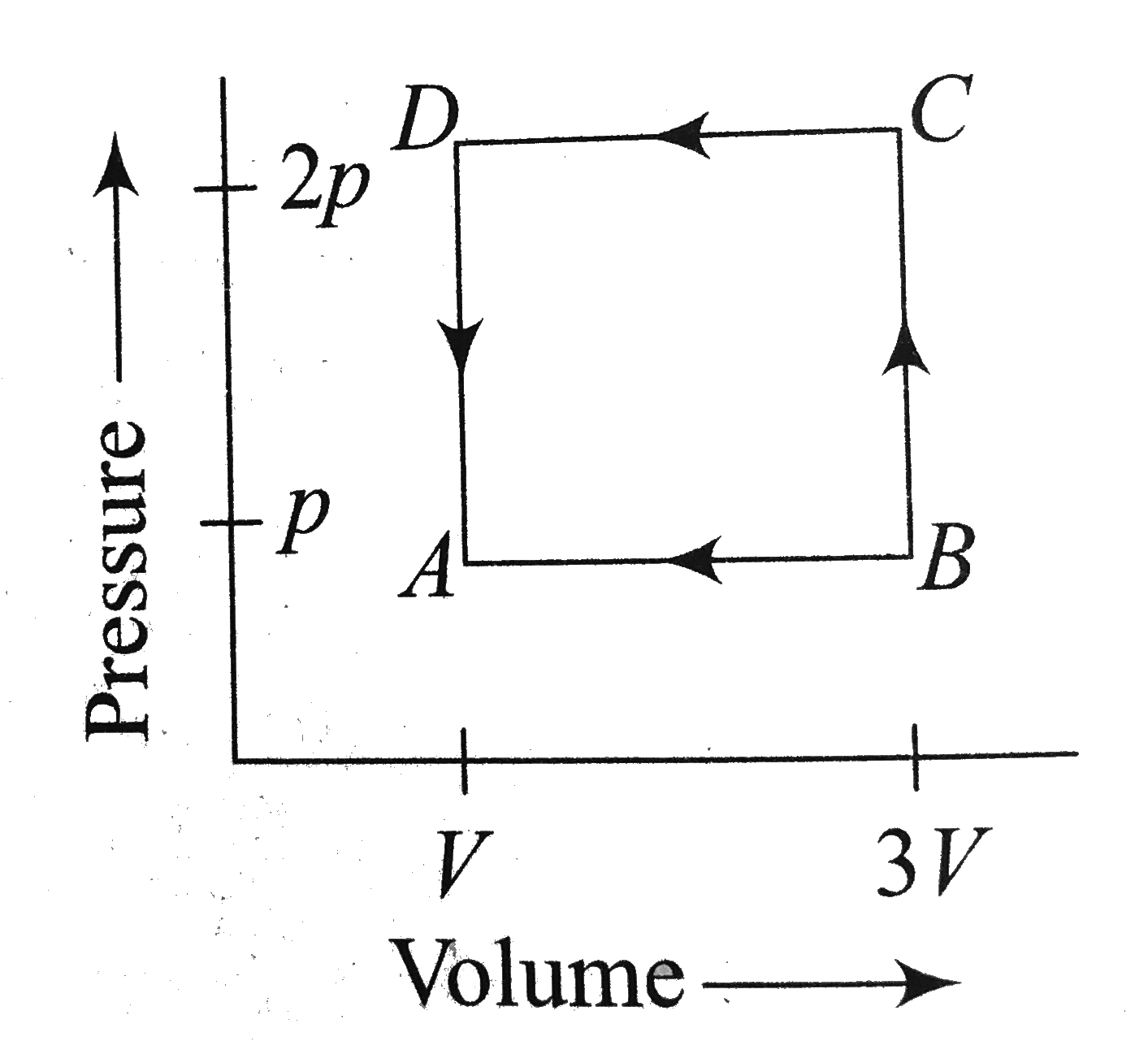

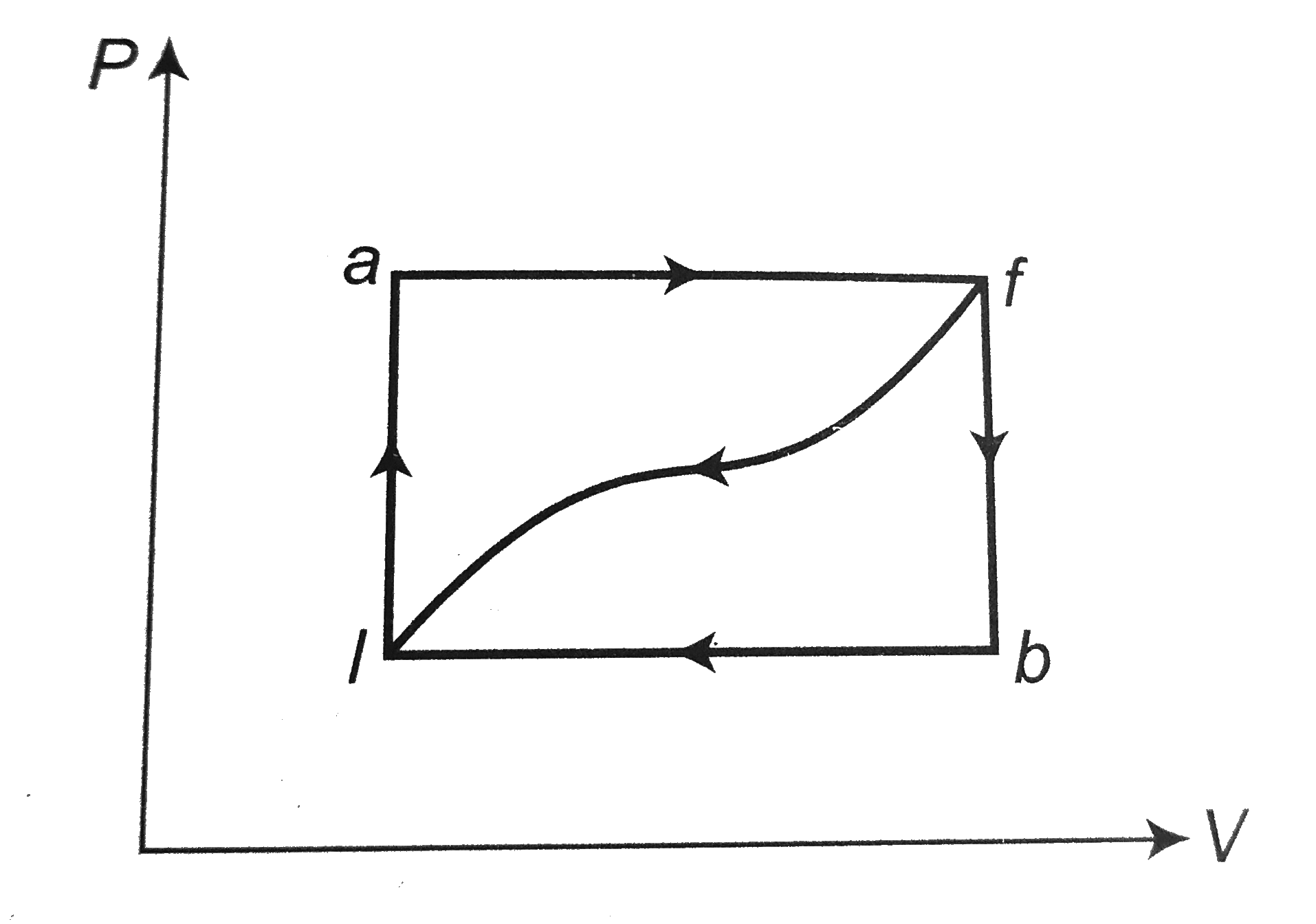
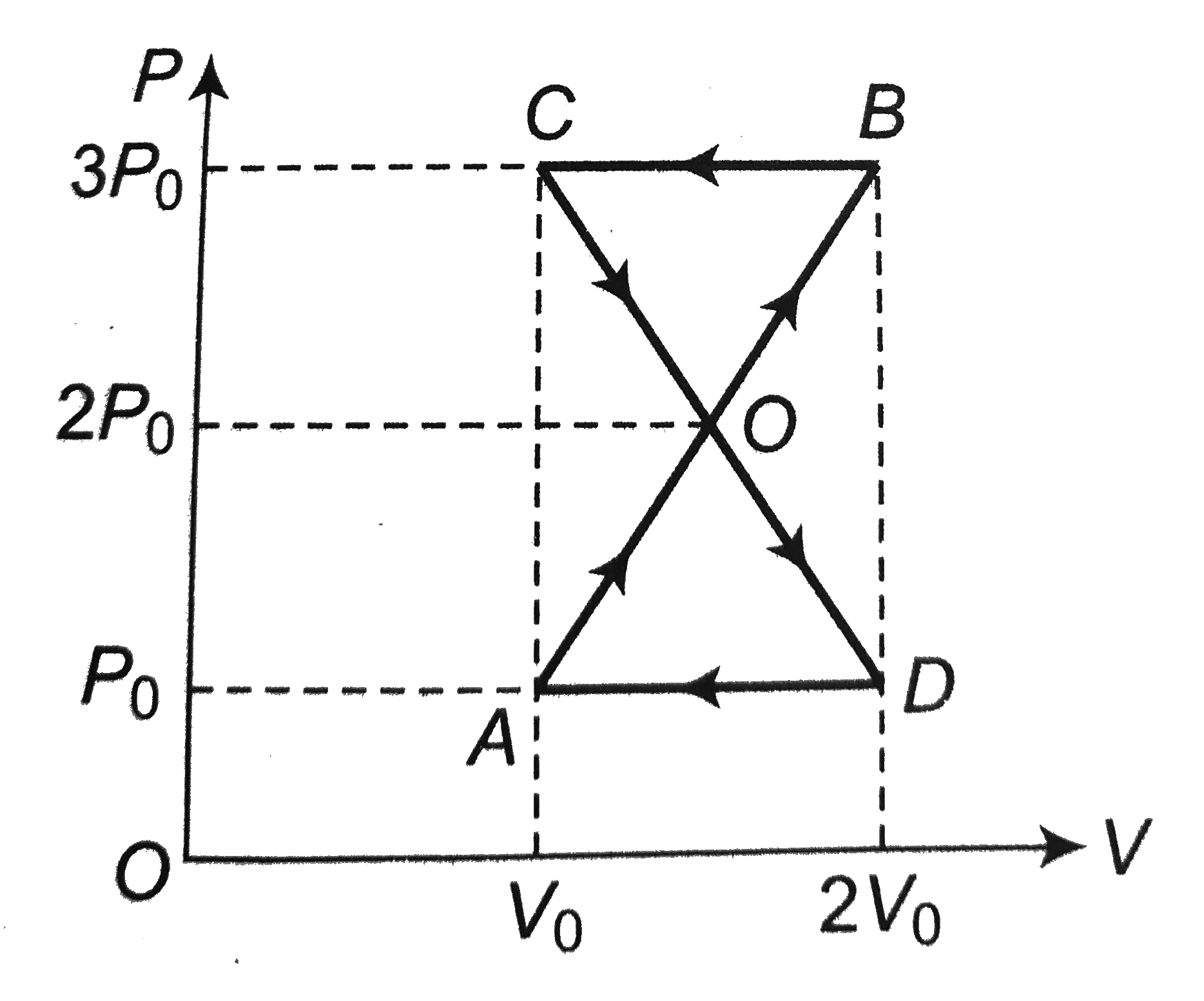
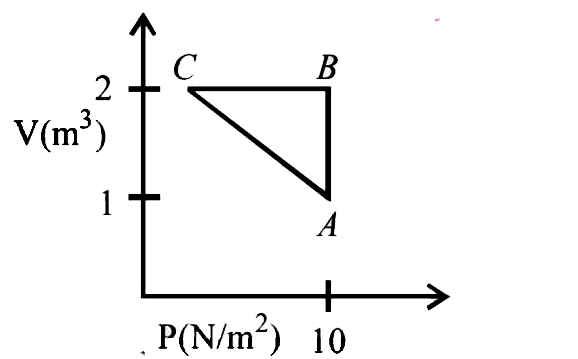
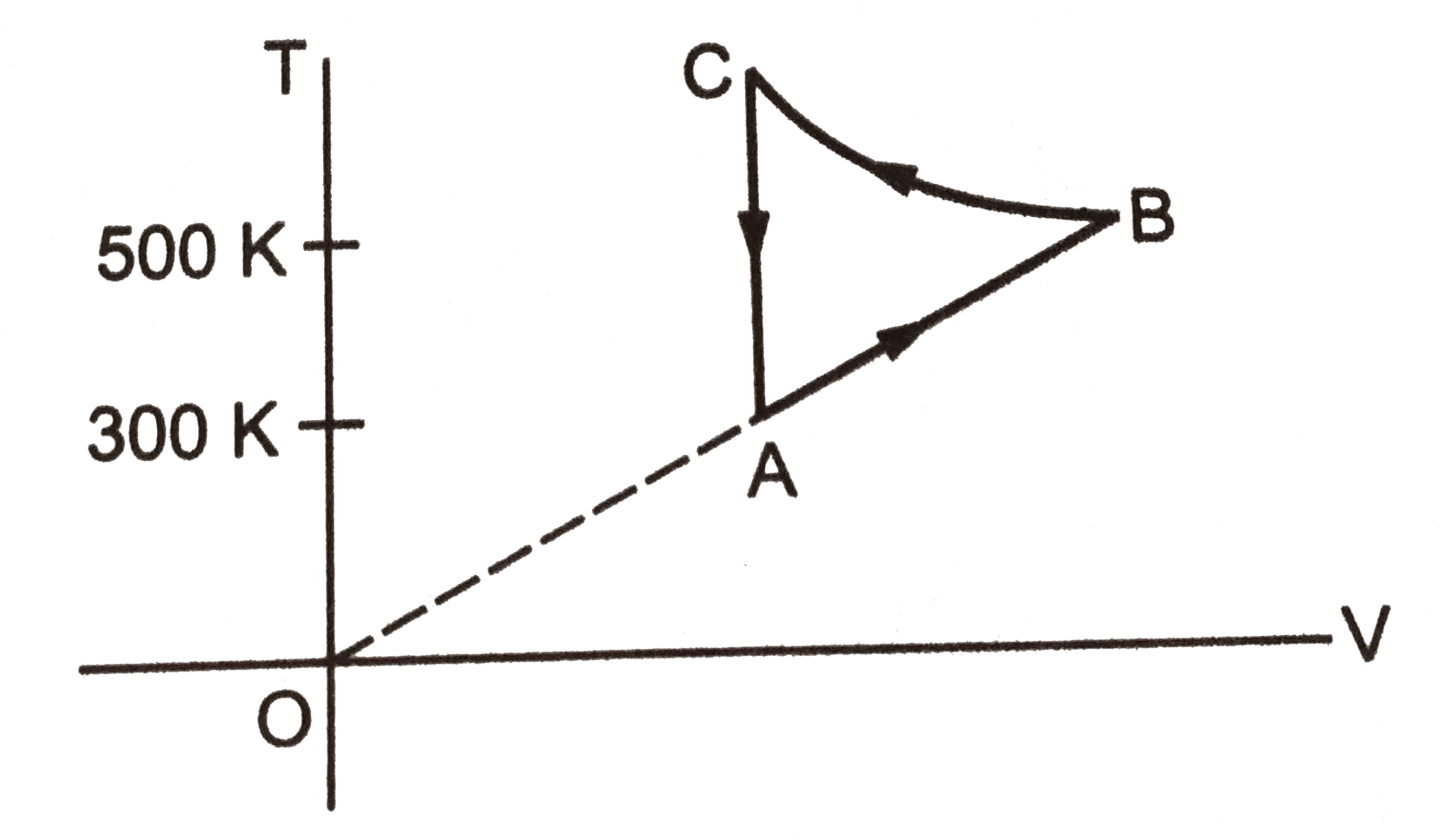
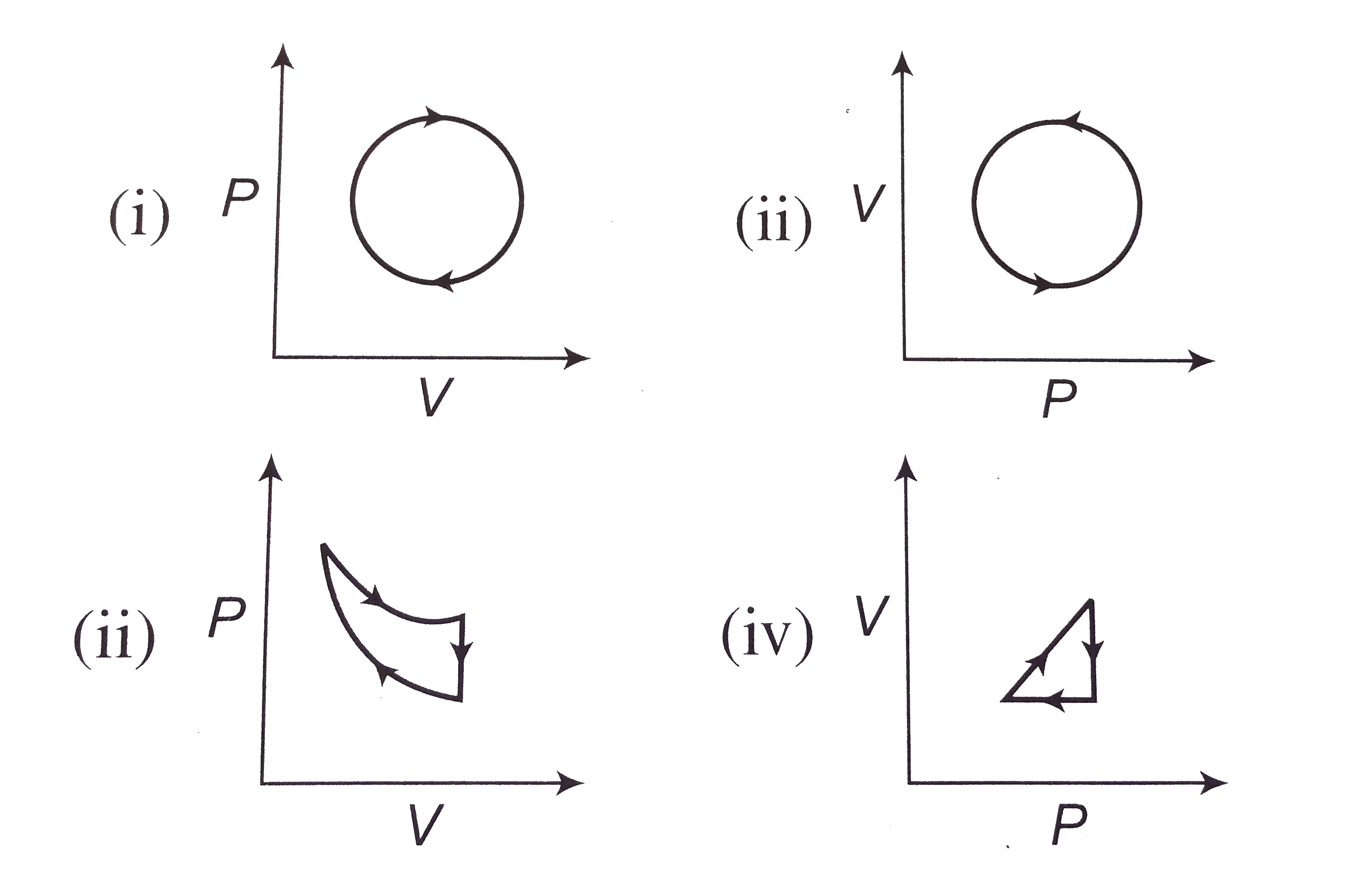

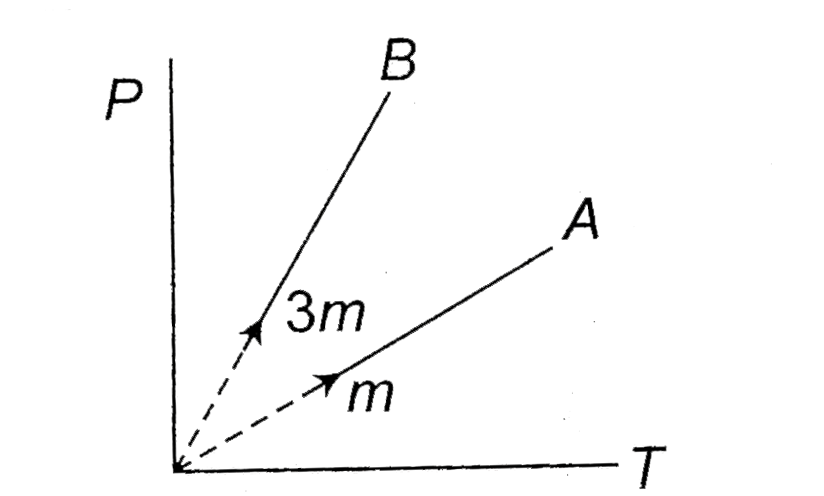
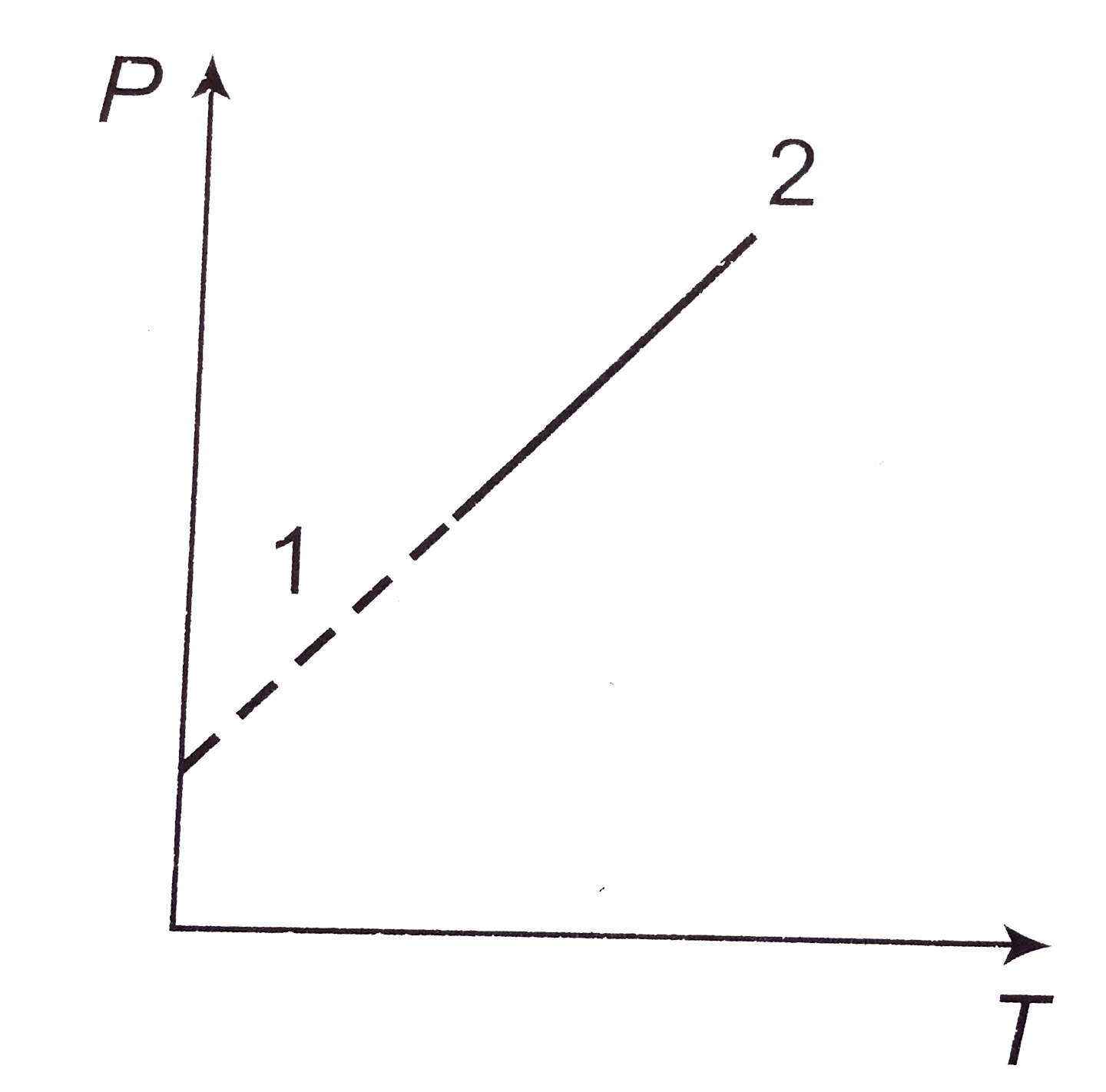
_E01_062_Q01.png)

